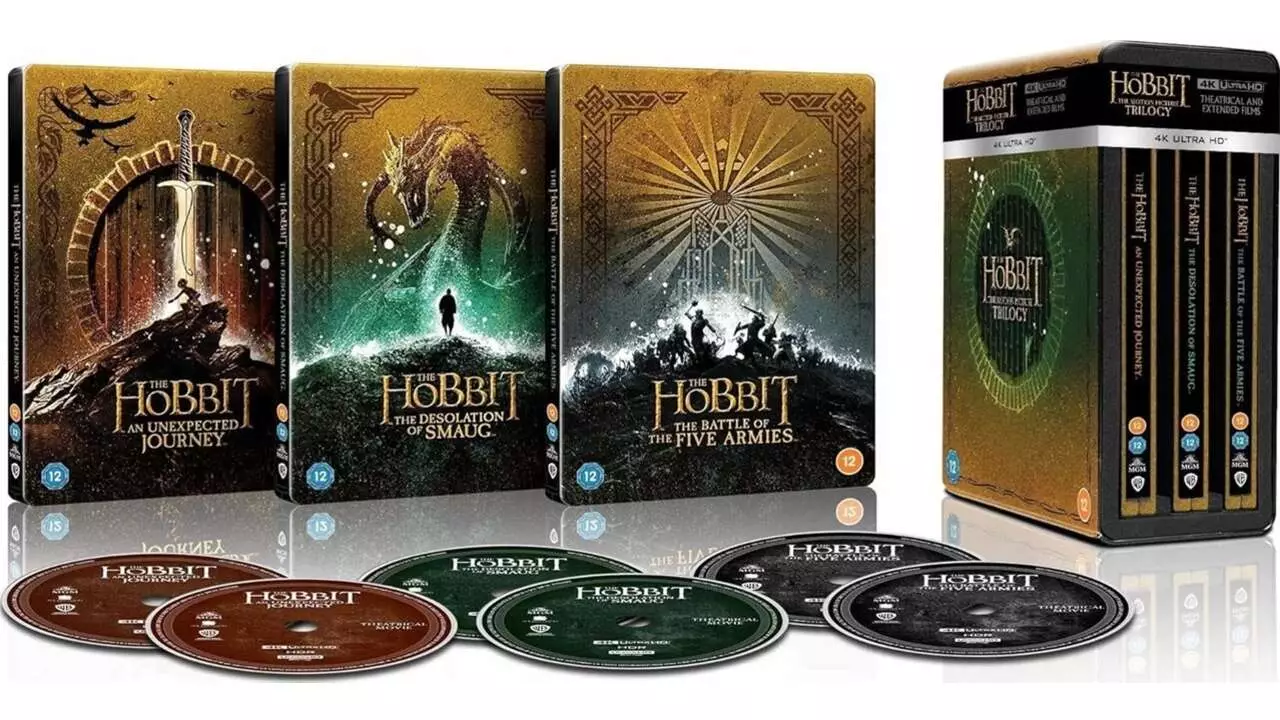The cinematic landscape of fantasy storytelling has been significantly shaped by the works of Peter Jackson, particularly through his interpretation of J.R.R. Tolkien’s epic narratives. While Jackson’s adaptation of “The Lord of the Rings” Trilogy is widely praised as a monumental achievement in filmmaking, his subsequent venture into “The Hobbit” reveals a different narrative—a journey that has inspired mixed reviews among audiences and critics alike.
When examining the film adaptation of “The Hobbit,” the first noticeable critique centers around Jackson’s decision to stretch a single, relatively concise novel into three lengthy films. The original book, brisk and whimsical in its storytelling, could have been distilled into one cohesive cinematic experience. Instead, audiences found themselves sitting through a trilogy that far exceeded the hourage of the source material. This divergence raises questions about pacing and narrative efficiency, as the films appear to linger disproportionately on visual spectacle rather than narrative depth. Jackson’s original vision may have been to expand the lore of Middle-earth, but the outcome seems to have diluted the essence of Bilbo Baggins’ adventure, devolving into excessive exposition and over-exploration of side plots.
Despite its perceived shortcomings as a cinematic adaptation, “The Hobbit” does boast an impressive collectible that has garnered attention from fans and collectors. The Hobbit Limited Edition Steelbook Collection, currently available at a markdown price of $150, stands out as a notable offering. Priced lower than its usual market rate of about $200, this collection presents an opportunity for enthusiasts to showcase their love for both the films and the original work. It includes eye-catching steelbook cases for each installment of the trilogy and offers both theatrical and extended editions in stunning 4K resolution.
The inclusion of a stylish box not only enhances the visual presentation but also serves a practical purpose, providing an elegant storage solution for the six region-free Blu-rays. This collection invites debate over whether the focus should be placed on the cinematic experience or the collector’s appeal when engaging with Middle-earth stories. For many fans, adding such collector’s editions to their libraries becomes an emotional journey intertwined with their appreciation for Tolkien’s lore.
Collectors seeking to expand their Middle-earth repertoire have additional options on the horizon. The upcoming release of the “The Lord of the Rings Trilogy: One Ring Gift Box” promises to excite ardent fans. Scheduled for release on December 20, this new collection includes both theatrical and extended versions of the three films in 4K alongside a limited-edition book adorned with faux-gold accents and a replica of the One Ring. Yet, as enticing as this may be, the price tag of $157 raises eyebrows—drawing attention to a persistent reality in the collectible market: passion for the lore often comes with a significant financial investment.
This forthcoming collector’s item stands as an alternative to the sold-out “The Lord of the Rings Trilogy Steelbook Collection,” positioning it as a highly sought-after acquisition for both collectors and film enthusiasts alike. While the pursuit of such limited edition items is exhilarating, it also prompts consideration of the sustainability of such pricing strategies within the collectibles market.
While the cinematic adaptations of Tolkien’s works evoke varied opinions, they undeniably offer a wealth of collectibles that cater to discerning fans. The critical reception of “The Hobbit” adaptation may spark discussion regarding artistic choices, but it has inevitably resulted in desirable merchandise that appeals to both collectors and casual viewers. Whether it’s the Hobbit Steelbook Collection, the One Ring Gift Box, or even literary offerings like Tolkien’s illustrated editions, the intersection of content and collection continues to shape the landscape of how we engage with these cherished narratives. As fans navigate the offerings, it becomes essential to reflect on the balance between genuine appreciation of the source material and the commercialization of its adaptations, ensuring that their passion for Middle-earth remains grounded in both enthusiasm and critical reflection.

